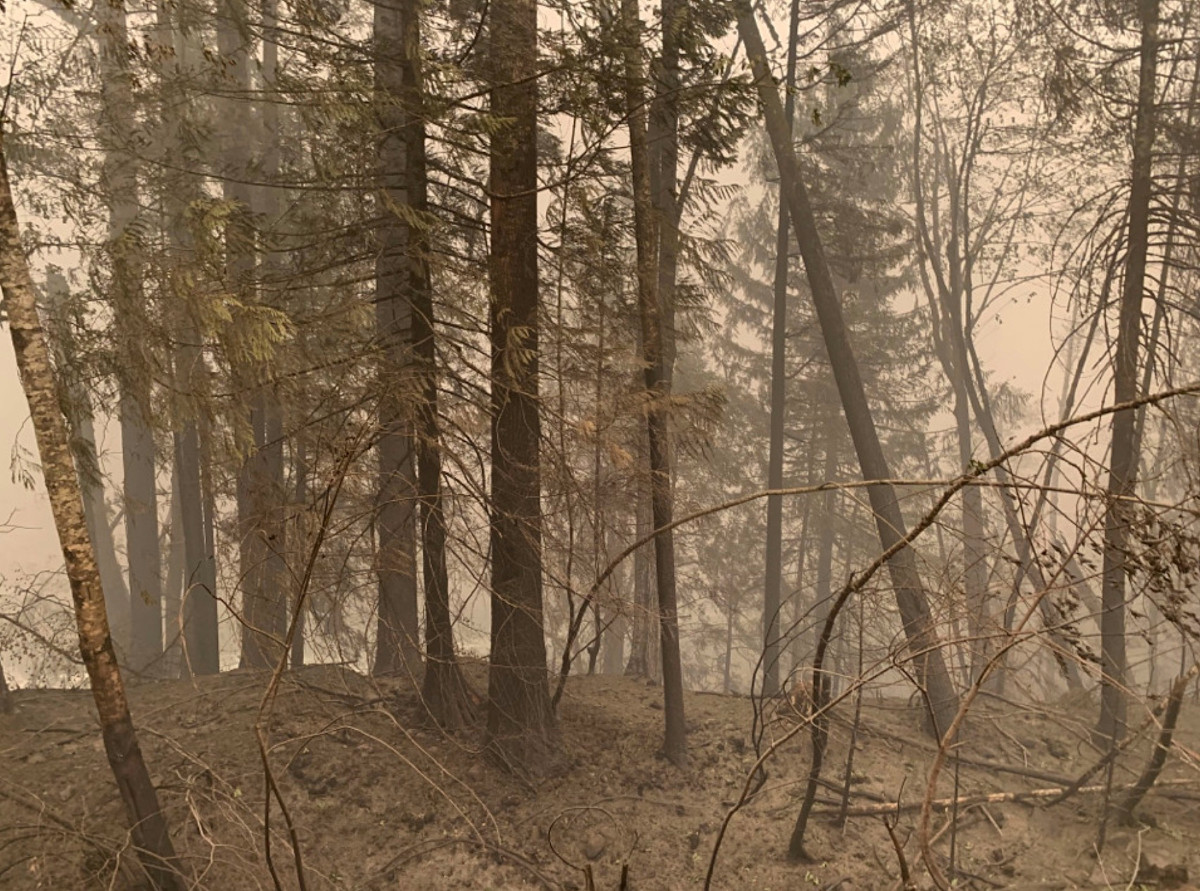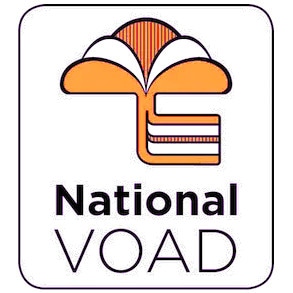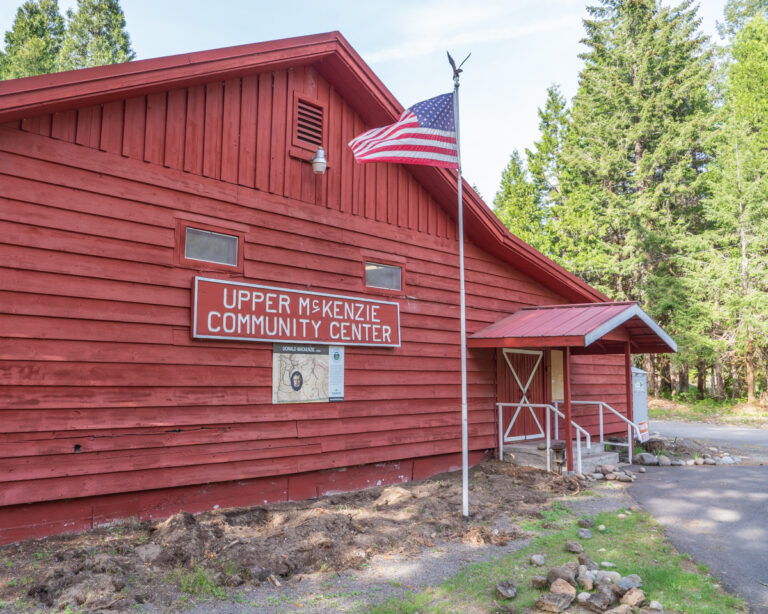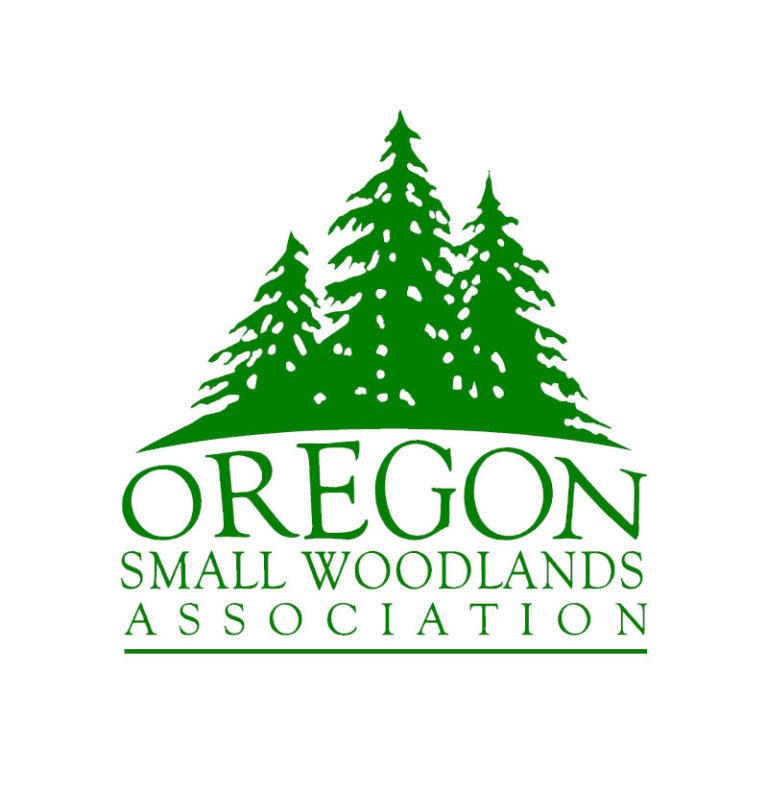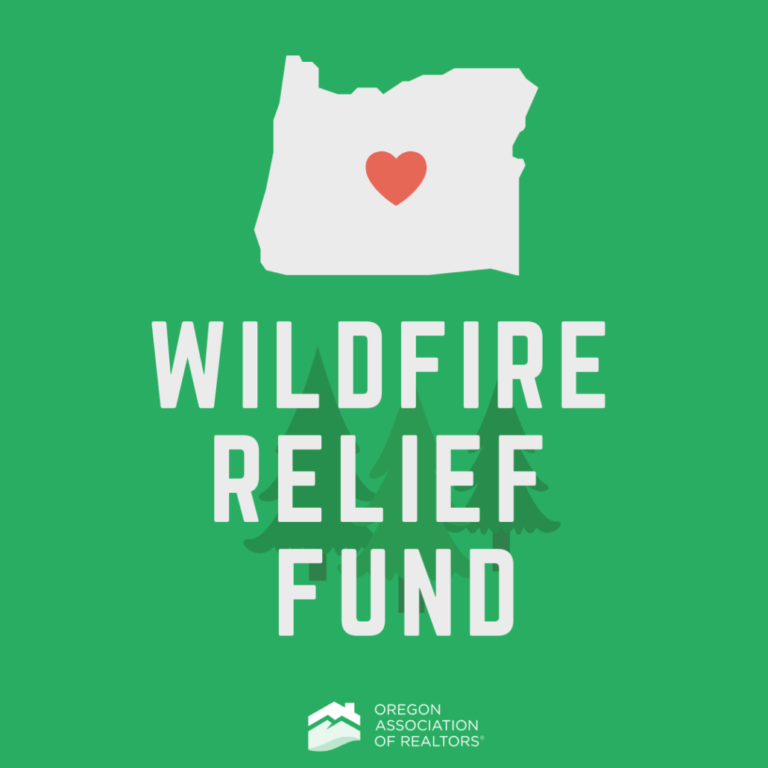McKenzie District Forest Ranger – Safety Message for Returning Property Owners
Darren Cross our District Ranger for the McKenzie River Ranger District Willamette National Forest has a safety message for all returning property owners
What to be aware of when you return to your property after the fire
- Use caution and exercise good judgment when re-entering a burned area. Hazards will likely be present.
- Avoid damaged or fallen power poles or lines, and downed wires.
- Be careful around burned trees and power poles. They may have lost stability after fire damage.
- Watch for stump holes and mark them for safety. Stump holes are created after trees and stumps are consumed under the ground surface.
- Visually check the stability of the trees. Any tree that has been weakened by fire may be a hazard.
- Winds can topple weakened trees. The wind patterns in your area may have changed as a result of the loss of adjacent tree cover.
- Look for burns on the tree trunk. If the bark on the trunk has been burned off or scorched by very high temperatures completely around the circumference, the tree will not survive. Where fire has burnt deep into the trunk, the tree should be considered unstable.
- Look for burnt roots by probing the ground with a rod around the base of the tree and several feet away from the base. Roots are generally six to eight inches below the surface. If the roots have been burned, you should consider this tree very unstable, and it may be toppled by wind.
- A scorched tree is one that has lost part or all of its leaves or needles. Healthy deciduous trees are resilient and may produce new branches and leaves as well as sprouts at the base of the tree. Evergreen trees may survive when partially scorched.

